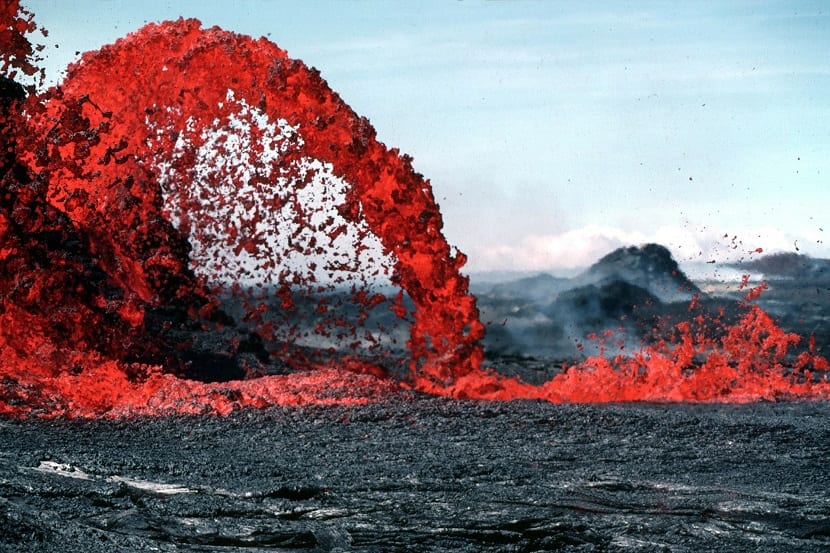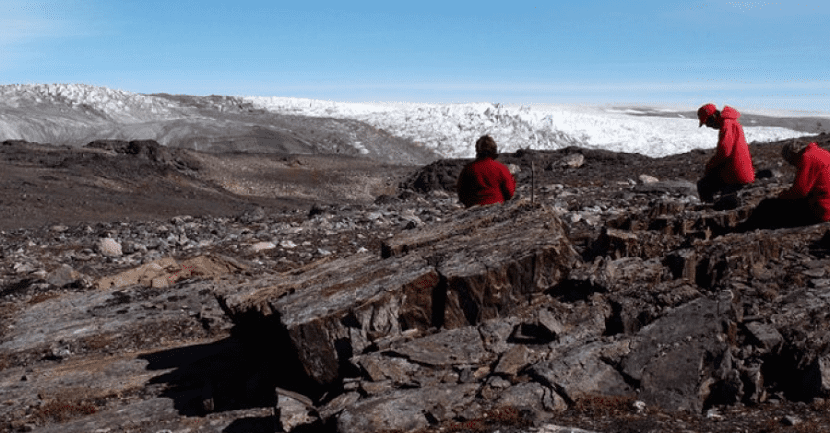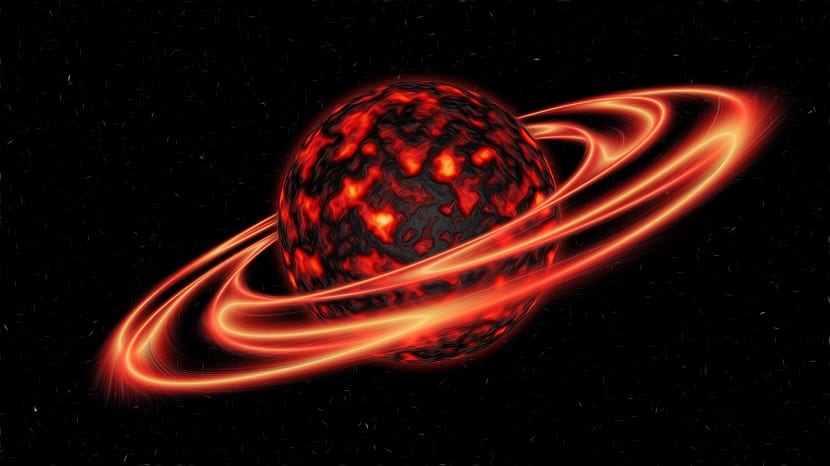
The hadic eon, also known as hadean or hadean, is the oldest period on Earth. Understands from the formation of the Earth about 4.550 billion years ago to about 4.000 / 3.800 billion years ago. The period is not entirely exact, but rather an informal period because these limits have not been officially set or recognized. The commission in charge of establishing boundaries and studying stratigraphy, geology and geochronology on a world scale is the International Commission on Stratigraphy.
| Supereon | Eon | Millions of years |
|---|---|---|
| Precambrian | Proterozoic | 2.500 to 540 |
| Precambrian | Archaic | 3.800 to 2.500 |
| Precambrian | Hadic | 4.550 to 3.800 |
This period, so unknown, is at the same time the starting point of our planet. It is estimated that the entire solar system was probably forming in the middle of a large cloud of gas and dust. The haic aeon is also the period in which Earth undergoes great changes. Due to large volcanic eruptions, and even the time when the Earth and many inner planets of the solar system, received huge impacts from large asteroids. One of them was the Moon against the Earth (of which we spoke recently, in curiosities of the Earth, point 5).
Evidences of the Hadic Aeon

Supracortical Belt from Isua. The oldest microbial fossil of all was discovered, dating back 3.480 billion years
Searching the oldest rocks, we are going to Greenland, Canada and Australia. They are 4.400 billion years old. Hadic rocks, found in the last decades of the XNUMXth century, are individual zircon crystal minerals. Although they are the oldest known minerals, and they are hidden very deeply deposited under sediments in western Canada and the Jack Hills region of western Australia, they do not belong to rock formations.
The oldest rock formations that are known date from ago 3.800 million years. The oldest known is in Greenland, known as the "Supracortical belt of Isua". They are somewhat altered by volcanic dikes that penetrated the rocks after being deposited. In the book "Conceptions about the origin of life" by Diego Sebastián González and Maricel Ciela Gutiérrez we find, with technical but very magical data, one of the questions that we have always asked ourselves. Where does life begin? And there they are, the first early evidences, in the supracortical belt of Isua, in the Hadic Aeon.
The Origin of Life on Earth

Greenland sediments contain banded iron formations. At first it was believed that they possibly contained organic carbon, which would indicate that very possibly the first self-replicating molecules began to exist. Now there is early evidence that life comes from the Isua supracortical belt, from West Greenland, and also from the Akilia Islands, from the same area. It must be borne in mind that, although scientific evidence was found in that area, we cannot point it out in the past. Recall that the Earth, not only had just formed, but that after almost its formation, the movement of the continental plates continued.
The rock formations that compose it have a concentration of -5,5 of Carbon (C) 13, C13. This is due to the biotic environment that the lighter C12 isotope prefers. The C13 in biomass, presents concentrations of -20 and -30, much lower than the concentrations found in rock formations. From these techniques it is speculated that life on our planet could actually begin 3.850 million ago years, at the end of the Hadic eon.
The beginning of the water

It is considered that among the particles with which the planet was formed, there must have been a certain amount of water. These molecules should not have succumbed to gravity, and moving away from the center, they remained on its surface. After the planet reached 40% of its formationThese water molecules, together with other highly volatile ones, must also have been found on the surface, in very large quantities already. The lack of many noble gases that must have escaped is striking, such as helium or hydrogen. This led to the belief that something catastrophic must have happened in the first atmosphere. Among the hypotheses, we have the theory of Theia, which we discussed in that last article (point 5), explained why the Moon exists as such.
Its catalytic effect on life

The suggestions of how the water acted as a catalyst were given by Lazcano and Miller in 1994. The link, they explained, would be given by the circulation of the waters through the oceanic submarine fumaroles. The total recirculation time would last 10 million years, but any organic compound could be destroyed at temperatures above 300ºC. So, after that gradual cooling, a primitive organism DNA-protein heterotroph with a genome of 100 kilobases, it would take about 7 million years to end up evolving to a cyanobacterial genome with 7.000 genes.
And there is something that we have not said, that perhaps one day will receive an answer. Today is still the big question to answer. Life, as far as is known, can only exist in the form of carbon or silicon. On our planet, it exists as carbon, not silicon, who knows if maybe elsewhere it does. But the question really is, how could life develop if the probability of that happening was practically nil?
It is inevitable that if we think about it at night, we look up at the stars. Letting ourselves be invaded by the great thoughts that arise.
After the Hadic eon, the Archaic eon. If you are interested in knowing how it continued, click here.